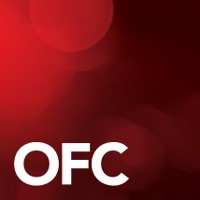Abstract
Fiber lasers have a broad tunability with narrow linewidth and low lasing threshold. Several tunable fiber lasers1,2 with different tuning techniques have been reported. Fiber Bragg gratings have been used as narrow-band reflectors, and they can be tuned by changing the effective period of the grating. This can be accomplished by either changing the temperature or applying a strain. For strain tuning, the combination of stretching and stress-optic effects gives Dl/l ~ 0.8Dl/l, where l is the grating length. The tuning range is limited by the maximum practical strain. A typical value of 0.5% gives a tuning range of about 6 nm at 1550 nm. Jayaraman et al.3 have used sampled Bragg gratings in DBR semiconductor lasers to extend this limit. Sampled gratings are gratings whose amplitude or phase is periodically modulated. The resultant reflection spectrum shows a number of equally spaced narrow peaks, with a separation determined by the modulation period. Two such sampled gratings with slightly different modulation periods are used as reflectors for the cavity. Lasing will occur only for a wavelength at which two reflection peaks of the sampled gratings overlap. By using the vernier principle (Fig. 1), it is therefore possible to tune the laser over a range Δλ/λ ~ 0.8(P/ΔP) Δl/l, where P is the spectral separation of the reflection peaks of one of the sampled gratings and AP is the difference in spectral separation between for the two sampled gratings. This difference is, in turn, limited by the width of the individual peaks, which is determined by the length of the gratings.
© 1995 Optical Society of America
PDF ArticleMore Like This
François Ouellette, Benjamin J. Eggleton, Peter C. Hill, and Peter A. Krug
PMC.5 Photosensitivity and Quadratic Nonlinearity in Glass Waveguides (PQN) 1995
L. Zhang, K. Sugden, J. A. R. Williams, I. Bennion, D. C. J. Reid, and C. M. Ragdale
SuB.11 Photosensitivity and Quadratic Nonlinearity in Glass Waveguides (PQN) 1995
Jean-François Lemieux, Antoine Bellemare, Christine Latrasse, and Michel Têtu
186 Advanced Semiconductor Lasers and Their Applications (ASLA) 1999

